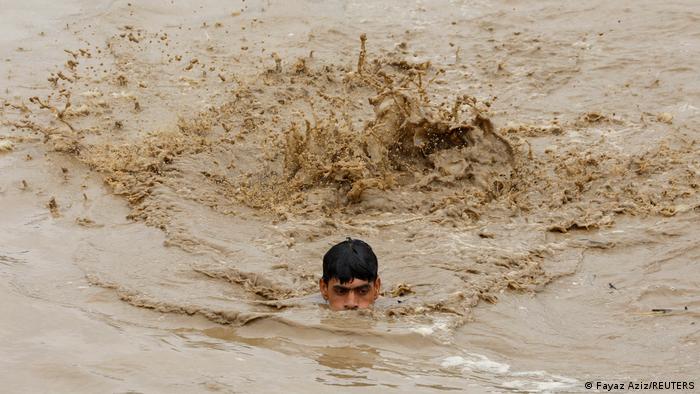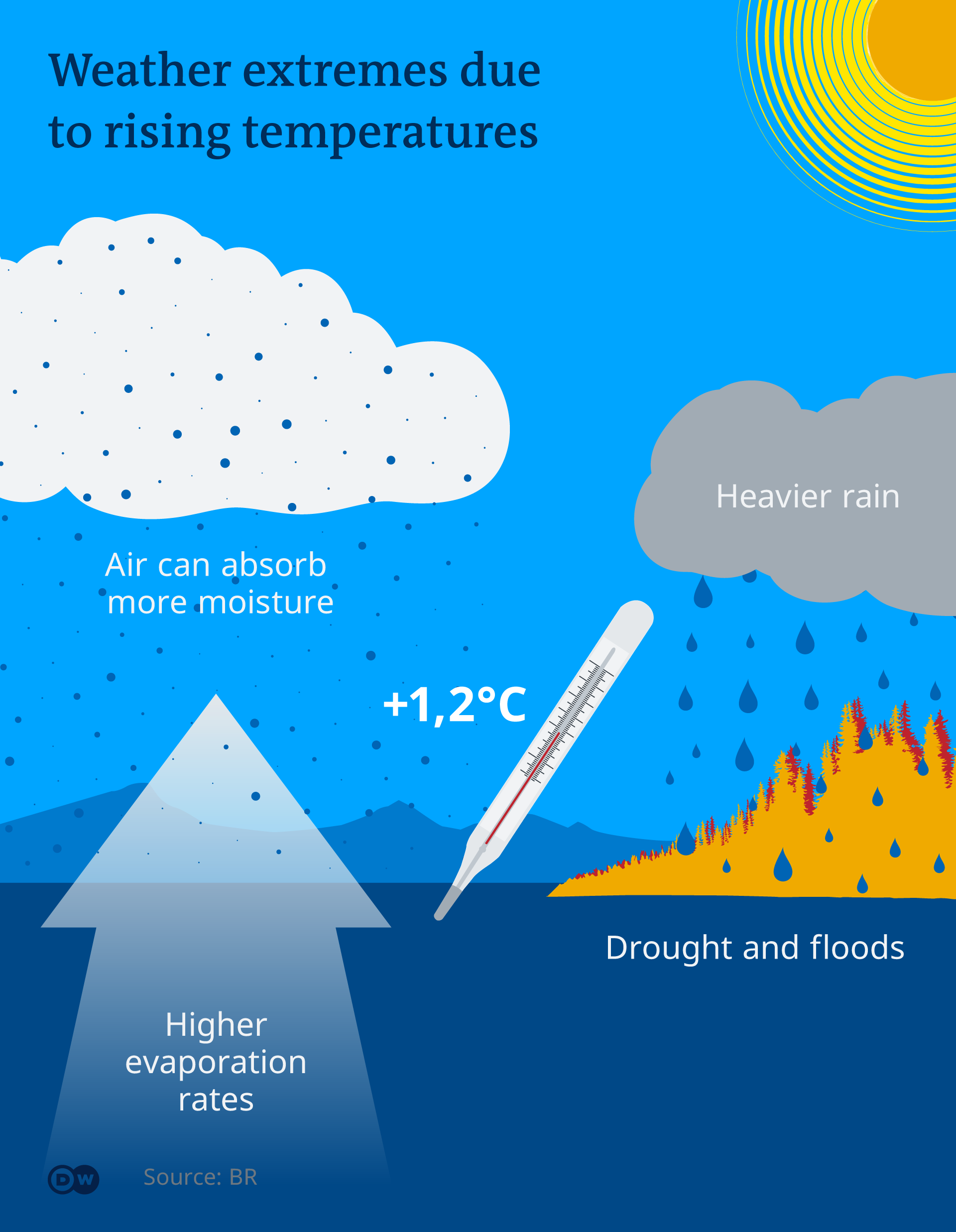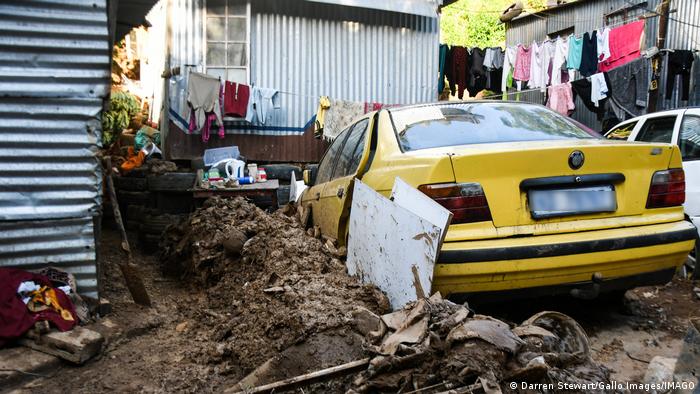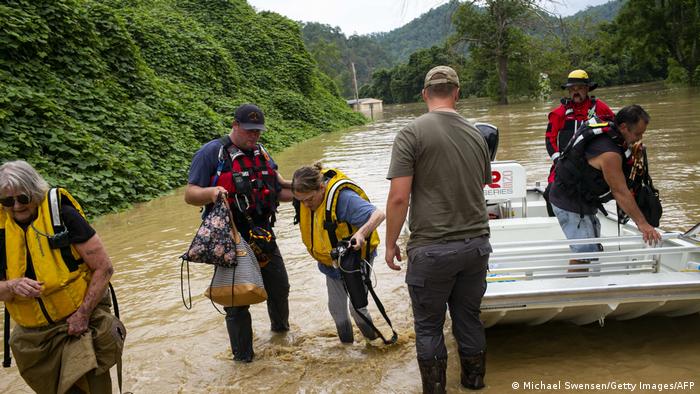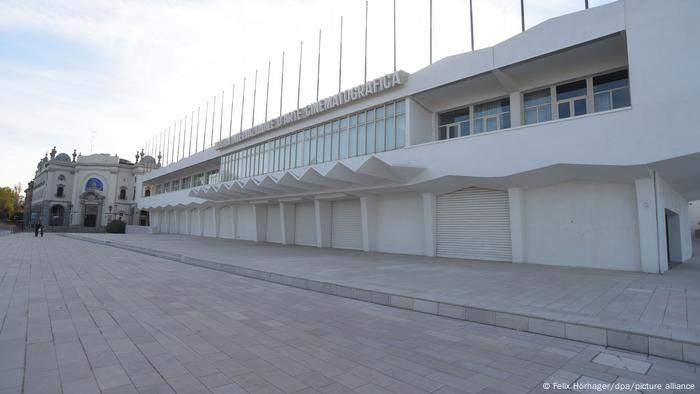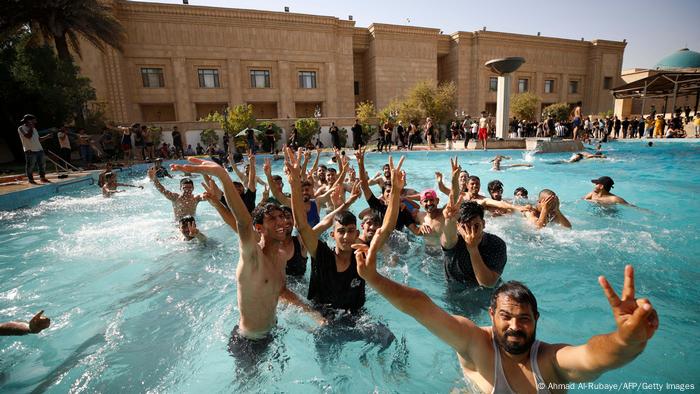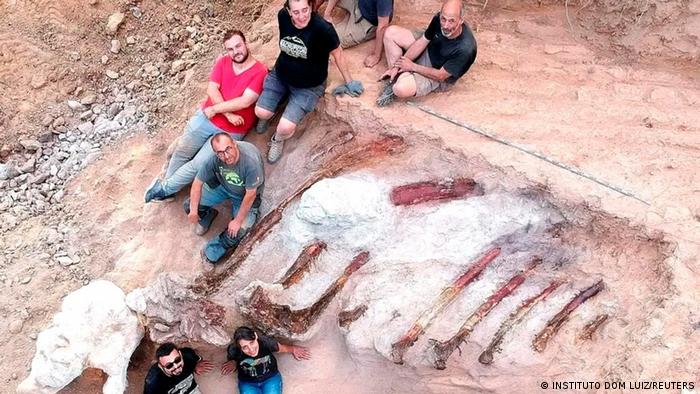The French island that's a nudist resort and military zone
On Ile du Levant, a French island in the Mediterranean, two unlikely communities have been living side by side for decades — one without clothing and one in military uniform.
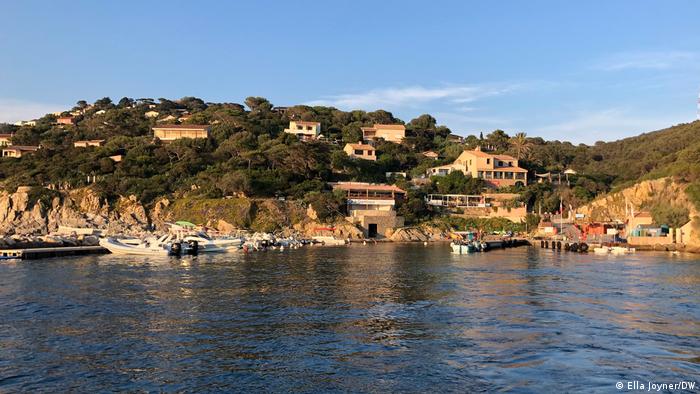
The resort's founders wanted 'a simple, rustic city, where lovers of fresh air and sun would come to the calm of nature'
It's approaching 10:40 a.m., and the ferry headed back to the mainland will soon depart. Passengers gather at the port, waiting to board. "Ah! You've gotten dressed. How strange," a man says to the person next to him. "Yes I know. I waited until the very last moment," the young woman laughs.
Welcome to the Ile du Levant, a small island about 15 kilometers (9 miles) off the French Mediterranean coast where two very different communities have co-existed for more than 70 years.
A tenth of the 10-square-kilometer surface area is home to Heliopolis, a small naturist resort founded in 1932, with around 250 property owners. The remaining 90% is a restricted military zone housing a missile testing center established in 1950.
While walking among relaxed, naked holidaymakers, it's easy to forget the other part of the island. But the path to the beach is flanked on one side by a barbed-wire topped fence; signs reading "Military zone. Do not enter" also provide a clear reminder.
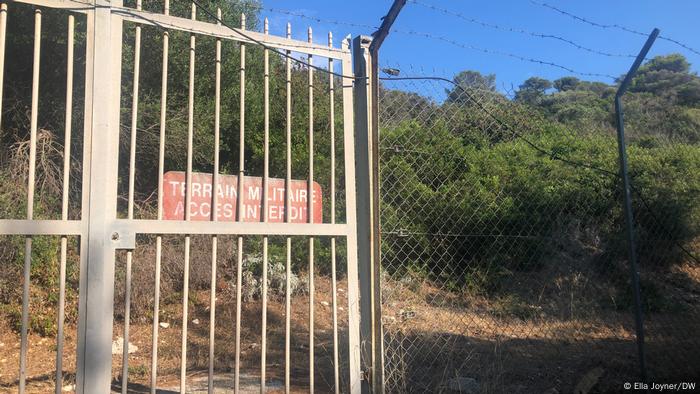
The French sign reads: 'Military Zone. Access forbidden'
According to Guido, 71, when you live on the island — as he does half the year — it's not really something you think about. "We have almost nothing to do with the military," the Swiss retiree says at his holiday home overlooking the sea. Sometimes, Guido concedes, he does hear military exercises, munition being fired. "Always on Tuesdays," he says. "A bit of noise."
Life without clothes
He's more keen to talk about how he and his wife Sylvia "live in freedom without clothes." The couple have been coming to the island since 1990, often with their three children. They bought their house in 2003.
This time they have two grandchildren, aged 11 and 9, in tow. Being naked as a family unit "simply isn't a big deal," Guido says, though some relatives have declined invitations to visit. "Mainly the men," he adds.
Like many naturists, Guido, who was responsible for reactor safety at a nuclear plant in his professional life, stresses that there is nothing sexual about the practice.
Hedonists might be disappointed: Public sex is strictly prohibited on the island. Nudity is the rule on beaches and the hiking trail, and is allowed in certain restaurants and shops, of which there are just a handful. In the port, minimal coverage is required. The island is quiet, with no cars. Electricity only arrived in 1989.
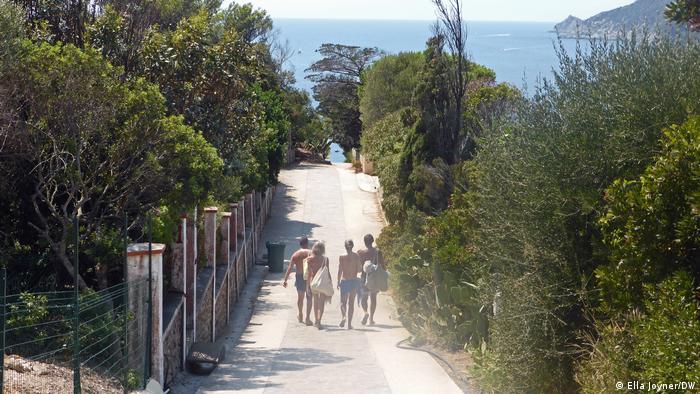
Heading down to the beach in minimal clothing
Delphine and Francois, a French couple sitting at the port, say they came for the peace and natural beauty. For them, naturism is not about exhibitionism. "Actually, it's funny, but when you don't have clothes on, you don't look at each other. You don't look at whether a person is large or small or whatever. Everyone is the same. It's relaxed," Delphine, a 57-year-old dental assistant, says.
Retreat from civilization
Nudism or naturism (advocates generally use the latter) is a movement that first emerged in Germany partly as a reaction to the industrialization and urbanization of the late 19th century, soon spreading to France and beyond. Early proponents emphasized the health benefits of outdoor exercise, a good (often vegetarian) diet and a return to nature.
BARE FACTS: GERMANY'S NUDISM MOVEMENT
A 'free body': Germany's nudist culture
It's a part of German culture, just like techno music and "Spargelzeit," the asparagus season. Even though the practice of Freikörperkultur (FKK), which translates as "free body culture," is dwindling among the younger generations of Germans, you'll still find lots of FKK areas on beaches as well as nude culture enthusiasts in spas — and even parks. 1234567891011
As the movement gained traction in the early 20th century, two brothers — doctors Andre and Gaston Durville — bought a section of the Ile du Levant from a property company and founded, in 1932, Heliopolis as an "international naturist center."
The rest of the island, long used by the French navy, has been owned by the French state since 1892. All of this is meticulously documented on the island's history blog.
The brothers wanted — according to legal documents belonging to the Heliopolis association — to build "a simple, rustic city, where lovers of fresh air and sun come to the calm of splendid nature, rest from the fatigues of the artificial civilization of cities by spending their holidays simply and healthily." Early photos show the athletic Gaston Durville hard at work at construction.
These days, people come to relax. The island is very popular with the queer community and this year's traditional beauty pageant, Miss Ile, was won by a trans woman for the first time, local newspaper Var-Matin reported.
Civilian life, military life
Life on the other side of the barbed-wire fence is likely quite different. While civilians sun themselves on the beach or take a naked hike in the nature reserve, military officials test marine, submarine and airborne material, or carry out training.
About 70 testing or training sessions are expected this year alone, a spokesperson for the French Armament General Directorate told DW. However, testing is limited in the busy months of July and August, the source stressed. About 225 personnel reside on the island Monday to Thursday. Italian and German troops also come here to train.
As Guido stressed, interactions are rare, though the military staff does provide emergency medical care if needed.
From Golden Age to renewal
French naturism saw its heyday in the 1960s and 70s, according to the French Naturism Federation (FFN): "The relaxation of social mores, the emancipation of women, and the development of paid annual leave allowed naturism to establish itself as a new philosophy of life… and holidays."
After the golden age came a period of decline but France remains a major international destination, with 350 naturist centers, according to the FFN. However, the movement struggles with an ageing fan base.
Only 14% of France's naturism enthusiasts (an estimated 2.6 million) are under 40, according to a 2016 survey carried about by campsite chain France 4 Naturisme and cited by the FFN on its website.
But the FFN says that promotional campaigns and increased societal interest in healthy living have helped win over a younger demographic in recent years.
On the day of DW's visit in August, the island was indeed bustling with visitors.
"In the last 10 years, there's been a renewal of clients, younger people," the president of Federation of Naturist Spaces (FEN), Jean-Guy Amat, told broadcaster RTL in July.
The pandemic years also stopped people from travelling abroad, bringing new visitors to naturist camp sites, Amat said.
Among the next generation of naturism fans are the passengers leaving on the 10:40 a.m. ferry, mainly a younger crowd. Those left on the bay cheer and wave the boat away. On the top deck, swimming trunks come off and are waved enthusiastically above heads in what looks like a good omen for the future of the movement.
Edited by: Elizabeth Grenier
DW RECOMMENDS
Where to get naked in Germany
In Germany, stripping down to your birthday suit is a popular pastime for people of all ages, shapes and sizes. For the Meet the Germans series, DW's Kate Müser explains where clothes are optional.
LA REVUE GAUCHE - Left Comment: Search results for NUDISM
LA REVUE GAUCHE - Left Comment: Search results for NATURISM
LA REVUE GAUCHE - Left Comment: Search results for NAKED
LA REVUE GAUCHE - Left Comment: Search results for NUDE



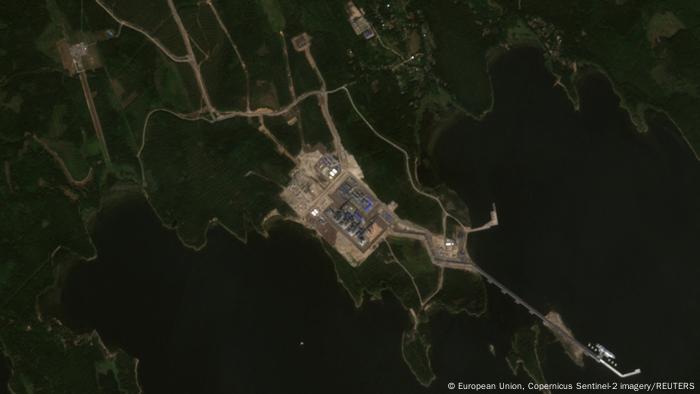
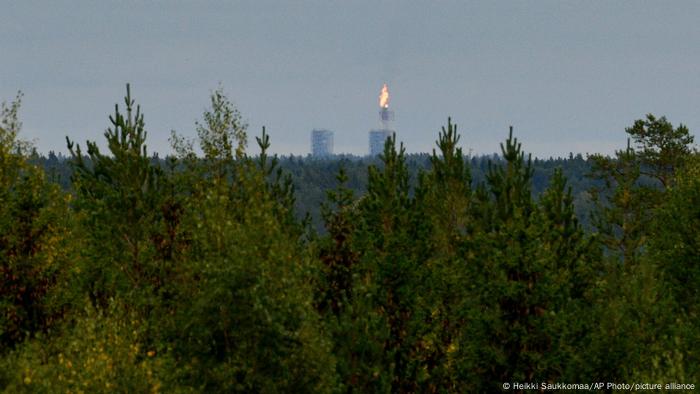
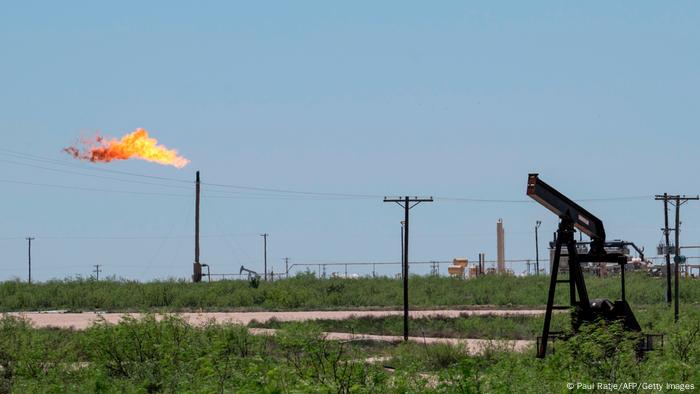
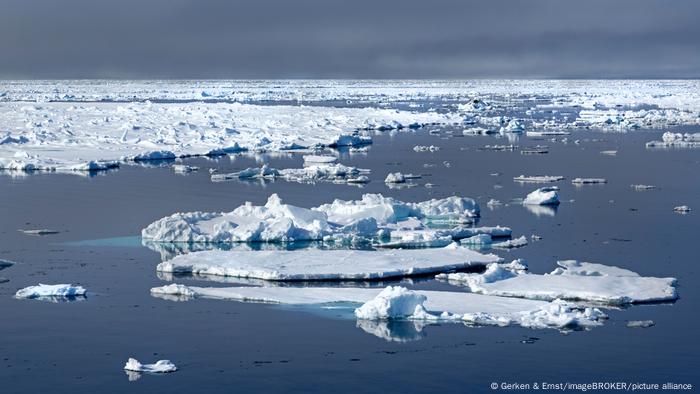

.png)
